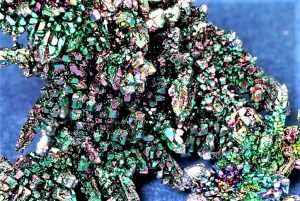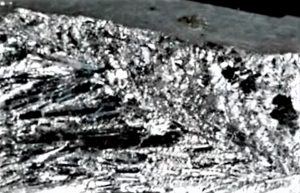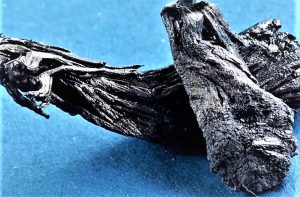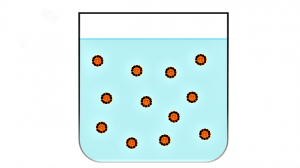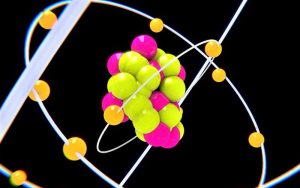Einsteinium
The einsteinium also known as aten is a synthetic element that we find inside the periodic table whose symbol is Es and its atomic number is 99. This name was given in honor of Albert Einstein, although it was discovered in December 1952, in the remains of the first thermonuclear explosion that occurred in the Pacific, made a month earlier, by the team of researchers formed by G. R. Choppin, A. Ghiorso, B. G. Harvey and S. G. Thompson.234. Like many of the elements of this same group we cannot find it freely in nature, but they are obtained artificially. In addition, its lifetime is shorter. In order to obtain this element, a nuclear transmutation must be carried out from elements lighter than it. This transmutation converts stable nuclei into different ones.
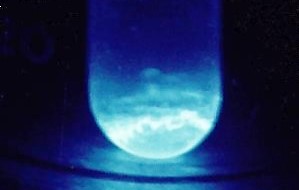
- Symbol: Es
- Atomic number: 99
- Group: Actinides
What is einsteinium?
Element number 99 of the periodic table, whose atomic weight is 252, its symbol is Es and is within the series of actinides. It is obtained artificially and most of its structure is synthetic, so its concentrations in the common environment are very low and difficult to find.
History of einsteinium
The Einsteinium was discovered among the chemical remains of a thermonuclear explosion in the Pacific Ocean, which occurred in 1952; the researchers who carried out this research were G. R. Choppin, A. Ghiorso, B. G. Harvey and S. G. Thompson. In this test known as Ivy Mike, which was carried out in November 1952, a 10 megaton bomb was detonated in the South Pacific and after an exhaustive analysis of the remains of the explosion, the team led by Ghiorso, then discovered the Einsteinium isotope 253Es. They were in charge of isolating this element and named it after Einstein, making it the seventh transuranic element. However, this discovery was kept secret until 1995 by decision of the U.S. Government, due to the massive tensions caused by the Cold War.
Physical and chemical properties of einsteinium
Basically, this element called einsteinium is a synthetic element and actinide, the actinides that have a higher number in their atoms are not found in nature and their lifetime is much shorter, their chemical properties are typical of all heavy trivalent and is the first divalent metal in the series of actinides with two bond electrons instead of three. It is considered to be a metal that is highly radioactive, is characterized by its silvery gray color with whitish tones and has complex self-irradiation properties. Its natural state is solid, its appearance is unknown, and its atomic number is 99.
The atomic mass determined by the total of neutrons and protons is present in a single atom within the element. It is located in period number 7 of the periodic table. The electronic configuration of the einsteinium is [Rn]5f11 7s2. To obtain the einsteinium, approximately 1 kg of Pu-239 must be irradiated in a reactor to generate Pu-242. This Pu-242 is then introduced into plutonium oxide balls and aluminum powder. Subsequently, all these balls are placed on different rods and irradiated. Finally, the rods are introduced into a high flux isotopic reactor. After all this the einsteinium is separated from the californium in rods. The einsteinium has not been found in nature or along the earth’s crust, so there is no reason to consider its effects or repercussions on human health.
Uses and applications of einsteinium
It has no commercial importance and only a few of its compounds are known, has a half-life of about 20 days (for this reason it would not be worth making a product or material with this element), and since only small amounts of einsteinium have been produced, it currently has no use outside of basic scientific research. The isotope 253Es is used to produce the element known as mendelevium. In particular, einsteinium was used to synthesize, for the first time, 17 atoms of the new element mendelevium in 1955. Its uses for these reasons are limited to research purposes only.
How to cite this article?
Briceño V., Gabriela. (2019). Einsteinium. Recovered on 23 February, 2024, de Euston96: https://www.euston96.com/en/einsteinium/




